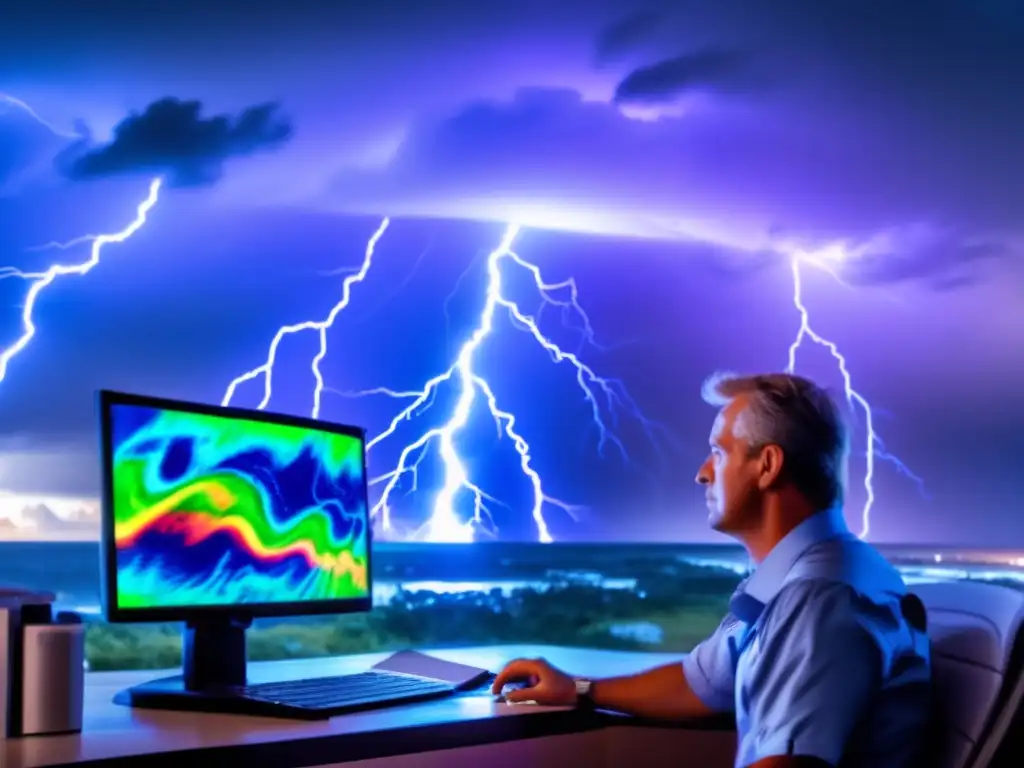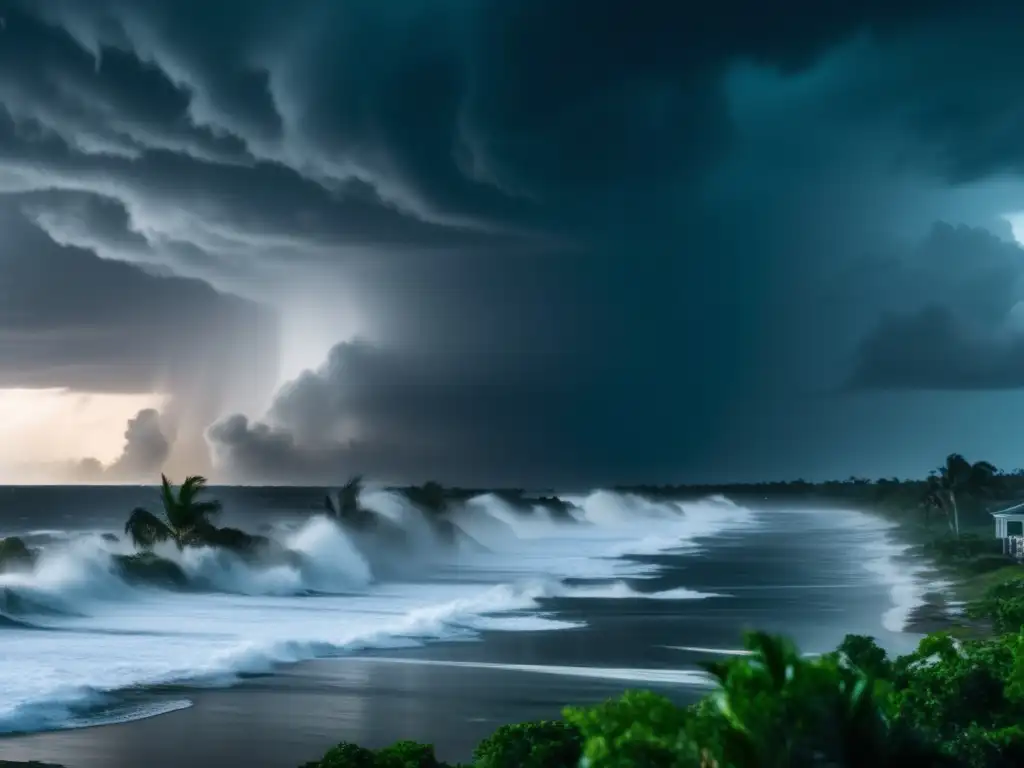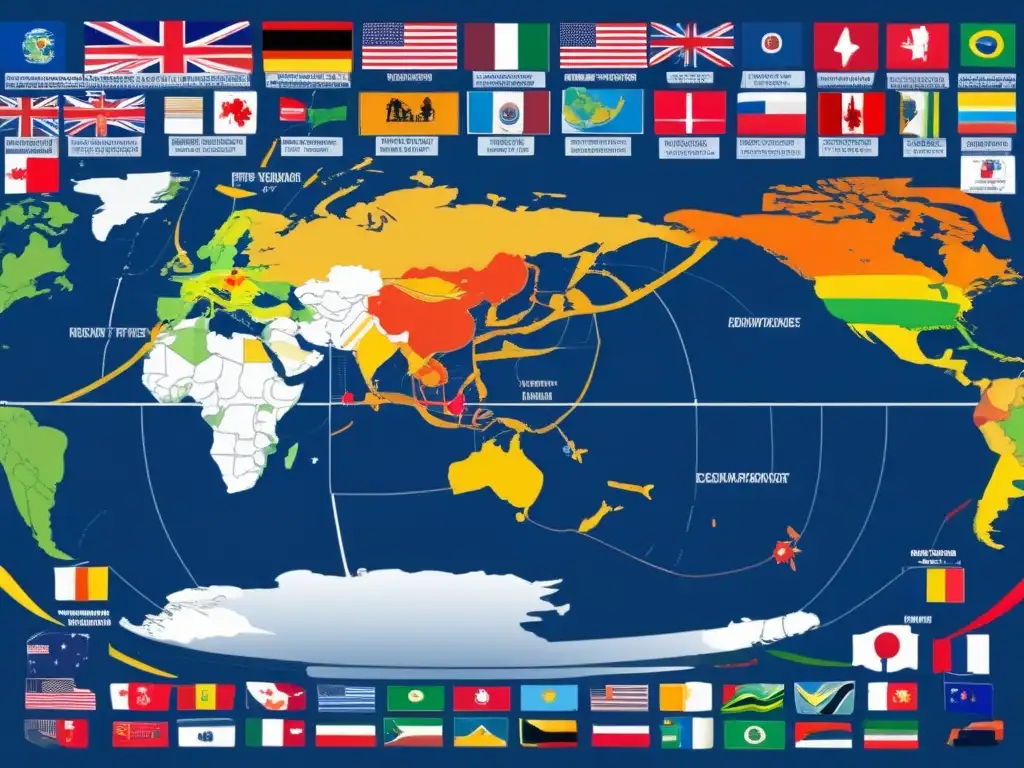A Closer Look At Hurricane Doppler Radar

A Closer Look at Hurricane Doppler Radar: Understanding the Technology and its Importance for Preparedness
Introduction
When it comes to hurricanes, understanding the tools and technologies that help us predict and prepare for these natural disasters is crucial. One such technology is Doppler radar, which plays a vital role in tracking and monitoring hurricanes. In this article, we will take a closer look at hurricane Doppler radar: what it is, how it works, and why it is so important for hurricane preparedness.
What is Doppler Radar?

The Basics of Doppler Radar
Doppler radar is a type of radar that uses the Doppler effect to measure the velocity of objects in its range. It works by emitting a radio frequency signal that is reflected back to the radar by objects in its range. By analyzing the frequency of the reflected signal, Doppler radar can determine the speed and direction of movement of the objects it detects.
In the case of hurricanes, Doppler radar is used to track the movement and intensity of storms. This information is crucial for predicting the path of the storm and determining areas that may be affected.
How Does Doppler Radar Work for Hurricanes?
Hurricane Doppler radar works by sending out pulses of energy directed towards the storm. As these pulses encounter precipitation within the storm, they are scattered in many directions. Some of these scattered signals are reflected back to the radar, while others continue moving away from the storm. By analyzing the time it takes for the signals to return and their frequency, the radar can determine the location, intensity, and movement of the storm.
The Importance of Doppler Radar for Hurricane Preparedness

Tracking Hurricane Paths
Doppler radar is one of the most important tools used in tracking hurricane paths. By providing real-time data on the location and movement of a storm, Doppler radar helps emergency managers and public officials make informed decisions about evacuations and other safety measures.
Additionally, Doppler radar can help predict the intensity of the storm, allowing officials to anticipate damage to infrastructure and plan for post-storm recovery efforts.
Assessing Storm Impacts
Doppler radar not only tracks the path of hurricanes but also provides information on the size, shape, and intensity of the storm. This information is crucial for assessing potential impacts on infrastructure and communities. Through Doppler radar, meteorologists can detect strong winds, heavy rainfall, and other potential hazards associated with a hurricane.
This information is used to prepare communities and minimize the risk of loss of life and property damage. By doing so, Doppler radar helps emergency managers and public officials make informed decisions about activating emergency response systems.
Improving Hurricane Prediction Models
Doppler radar has significantly improved our ability to predict hurricanes. The data collected by Doppler radar is used to develop computer models that can simulate the behavior of hurricanes. These models help forecasters predict the likely path and intensity of a storm, allowing for better preparation and response efforts.
How to Interpret Doppler Radar Data

Understanding Doppler Radar Images
Doppler radar images can be hard to interpret for those who are not familiar with radar technology. However, understanding these images can be critical in making decisions regarding safety measures before a hurricane hits.
It is essential to understand that Doppler radar images display more than just the location of a storm. The images also show information about the intensity of precipitation and wind speeds associated with the storm.
Color Codes in Doppler Radar Images
Doppler radar images are displayed in color, with different colors indicating different intensities of precipitation. For example, green indicates light precipitation, while red indicates heavy precipitation.
It is important to note that the colors in the image do not correspond to wind speed. Instead, wind speed is shown through a separate image known as a velocity image.
Velocity Images in Doppler Radar
A velocity image is an image created by Doppler radar that displays wind speed and direction. These images are useful in determining the rotation of a storm, which can indicate the formation of a tornado within the hurricane.
When reading a velocity image, areas of high wind speed are shown in bright colors, with red indicating wind moving away from the radar and green indicating wind moving towards the radar.
Frequently Asked Questions

-
What is Doppler radar?
Doppler radar is a type of radar that uses the Doppler effect to measure the velocity of objects in its range. In the case of hurricanes, Doppler radar is used to track the movement and intensity of storms.
-
How does Doppler radar work for hurricanes?
Doppler radar works by sending out pulses of energy directed towards the storm. As these pulses encounter precipitation within the storm, they are scattered in many directions. Some of these scattered signals are reflected back to the radar, while others continue moving away from the storm. By analyzing the time it takes for the signals to return and their frequency, the radar can determine the location, intensity, and movement of the storm.
-
What is the importance of Doppler radar for hurricane preparedness?
Doppler radar is crucial for hurricane preparedness as it helps emergency managers and public officials make informed decisions about evacuations, safety measures, and post-storm recovery efforts. Doppler radar also assists in predicting hurricane paths and assessing potential impacts on infrastructure and communities.
-
How can I interpret Doppler radar data?
Interpreting Doppler radar data may be challenging if you are not familiar with radar technology. However, understanding the color codes for precipitation intensity and wind speed within a radar image can go a long way in making informed decisions ahead of an oncoming hurricane.
-
Can Doppler radar predict the formation of tornadoes within a hurricane?
Yes. Doppler radar velocity images can indicate the rotation within a storm and provide early warning of potential tornadoes within the hurricane.
Conclusion
Doppler radar is an essential tool that plays a crucial role in tracking hurricanes and helping communities prepare for the potential impacts of these natural disasters. By understanding Doppler radar technology and how it works, individuals and communities can make informed decisions about safety measures ahead of an oncoming hurricane.
As hurricane season approaches, it is crucial to stay informed and keep track of weather updates provided by organizations such as the National Hurricane Center. With the help of Doppler radar and other tools, we can better prepare for hurricanes and minimize their impact on our communities and infrastructure.
Additional Resources

 Exploring Alternative Hurricane Mitigation Techniques
Exploring Alternative Hurricane Mitigation Techniques Historical Societal Responses To Hurricanes
Historical Societal Responses To Hurricanes International Cooperation In Hurricane Tracking And Response
International Cooperation In Hurricane Tracking And ResponseIf you want to discover more articles similar to A Closer Look At Hurricane Doppler Radar, you can visit the Basic knowledge about hurricanes: category.
Leave a Reply

Articulos relacionados: